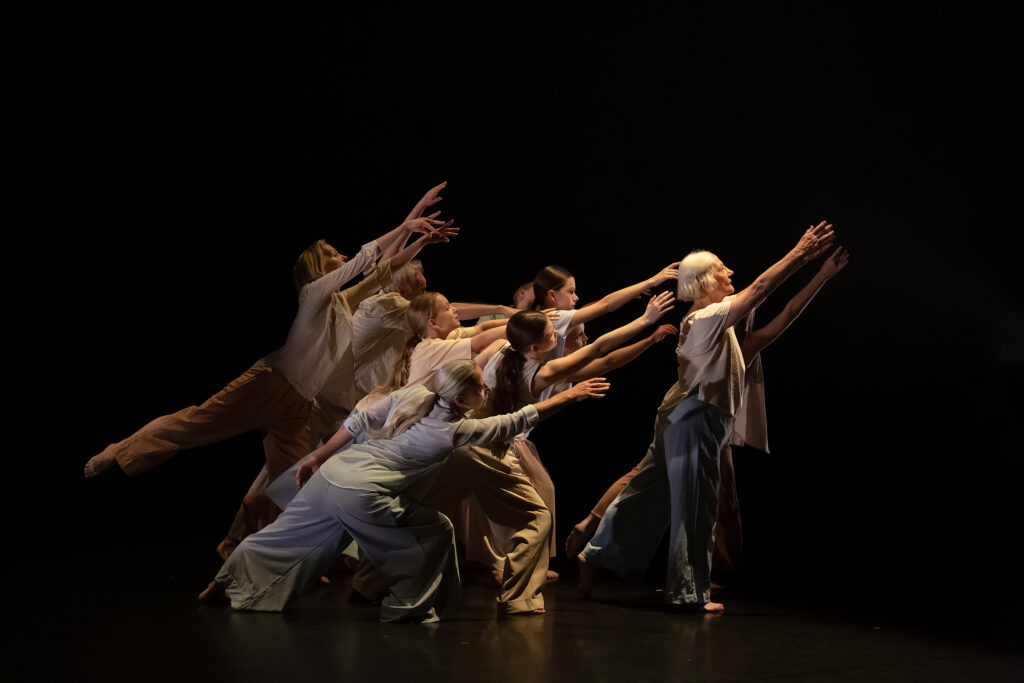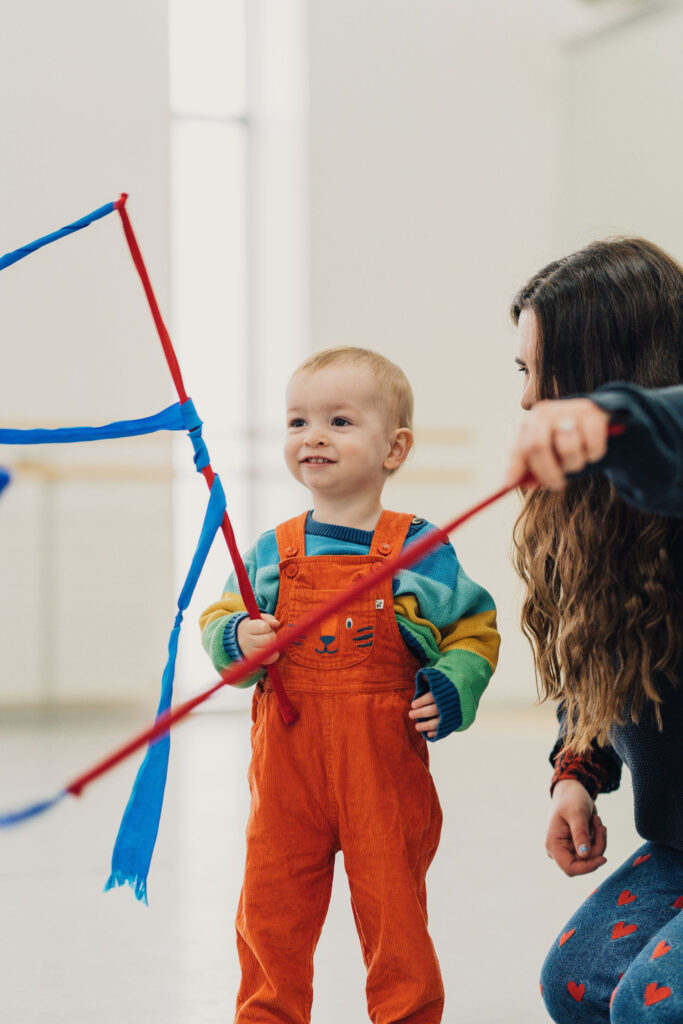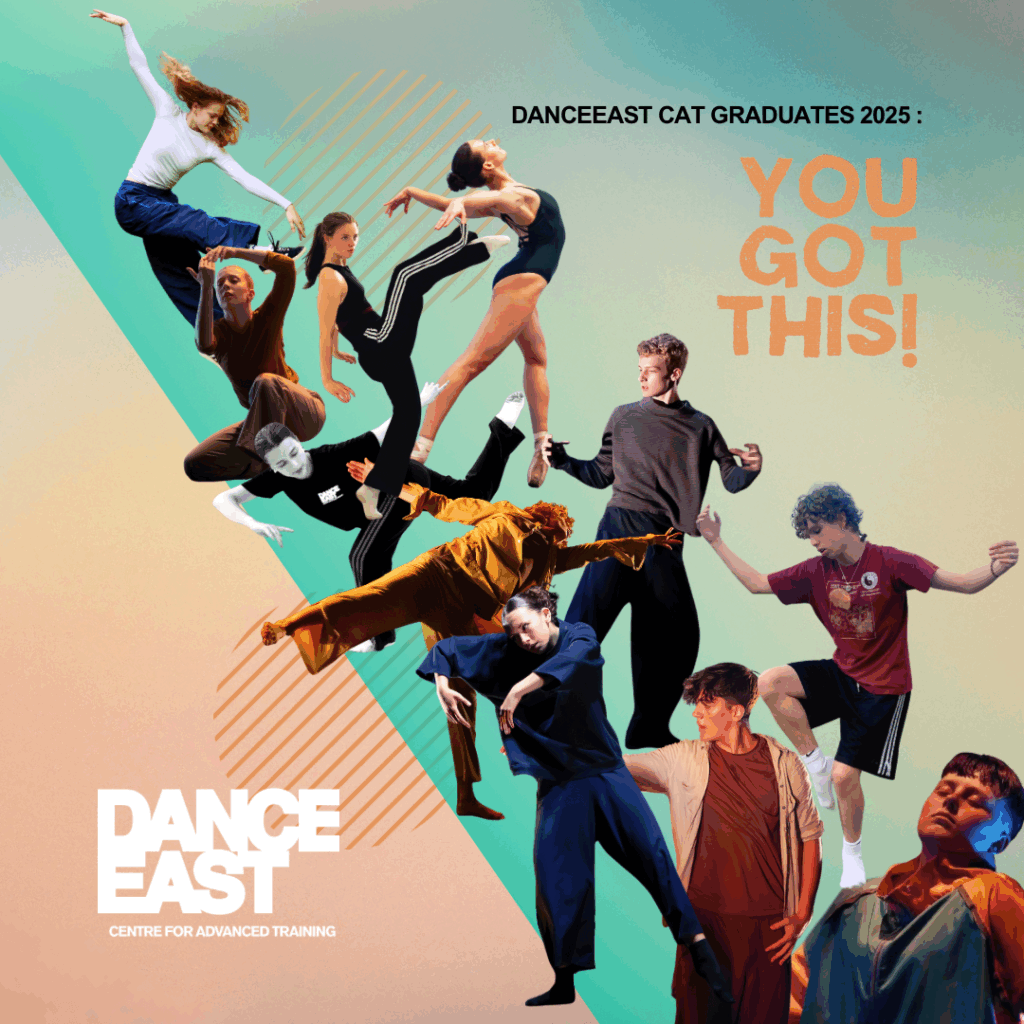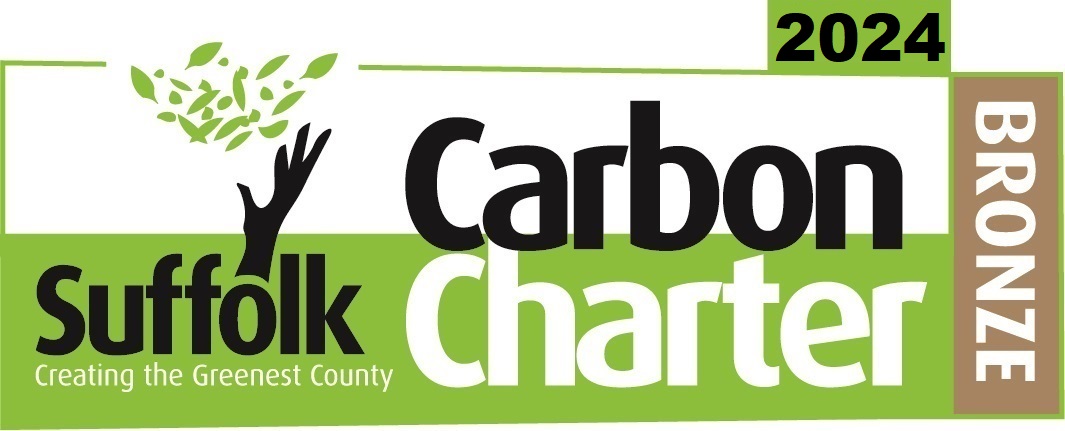Q&A with Russell Maliphant
What life experiences led you to the subject matter for Silent Lines?
I have had to work through several injuries over the years – I have had 4 knee surgeries and danced without a cruciate ligament for over 20 years which drew me too certain explorations.
I have been working with awareness through movement and connections to aesthetics for a long time and mixed with my personal physical challenges, that study has taken me deeper into anatomy and the internal environment of the body. The fascia that links all structures in the body, and the routes of those connections has been one element that I research quite a lot.
I wanted to begin a project that was using elements of this focus in the creation of not just movement material but also visual material in the manner of textures for video animation that would be reflected onto the body to give a texture drawn from internal elements of the body, and let this create a particular aesthetic environment for a piece from the inspiration of patterns and structures found within.
What is your process for creating new work?
Chipping away daily in the studio… I teach a class daily which is somewhat exploratory and improvisational – there might be experiential anatomy elements we dig into, or there may be a focus on fluidity and articulation or co-ordination patterns and connection.
I give tasks which might develop material and use video editing quite a lot over the process to play with structure and composition. We work with light at any given opportunity and try to bring out the idiosyncrasies of material to any given state or light texture.
What do you hope an audience takes away after seeing one of your performances?
I hope they experience a journey that effects them in a positive way through the shifting energy, movement, and aesthetic on stage created by the interaction of music, light and movement.
What is the boldest choreographic risk you’ve ever taken?
Deciding to distill something down to what I hope are the essential components and simplifying material, can feel risky any time I decide to do it. It’s often easier to impress with high energy virtuosity than it is with minimal, simple movement and any time I think a piece needs that I’m well aware of the risk of boring an audience if I gauge it poorly.
Your work can be characterised by the relationship between movement, music, and light. Why is light an important element in your work?
I have had the privilege to collaborate with lighting designer Michael Hulls for about 25 years now and we’ve created over 45 works together so I’ve had many opportunities to notice how much light shapes they way we see or perceive movement.
In this creation, I am working with video artist Panagiotis Tomaras, and the interaction works in a similar way. A choreographer often creates movement in a studio, with all round lighting, maybe fluorescent. When that movement is put onstage and lit by say a backlight, or a sidelight, the viewers focus is taken to the movement differently – particular parts of the body – the parts that are most lit, will be more highlighted and the parts that are less lit will be more concealed.
That might be a positive intervention on movement material, or maybe have a negative effect, where something important is hidden. Often, given that it’s very difficult and generally expensive to get time to work in the light, in the minimal time available to light a work, lighting states are often made more general and brighter to cover this aspect of the interaction, as there’s not the opportunity to work with the component parts to form them together in a more considered way. I try to have a process that allows time for that interaction to inform the composition and structuring of material for a work.
Are there other elements or subjects you are curious to experiment with in the future and why?
I’ve had the opportunity to work on a few narrative scenarios recently and very much enjoyed the process. It’s probably the last thing that people would expect from me, as I highly value the abstracted use of dance, light and music – but I am very curious to experiment more with narrative at some point soon.
If you could go back to your 15-year-old self, would that person be surprised to know about their future self?
That I’d still be dancing at my age and that I’d also be choreographing.
What risks did you take to get to where you are today?
Leaving the security of a big ballet company and pursuing a career in independent dance felt like a risk in some ways – no holiday pay, no sick pay, very little financial security – but then again, I felt it was right for me, so it would have been an equal risk (for other reasons) to stay there.
What advice would you give to young dancers with unique ideas who want to one day direct their own company?
Know where your energy and passion lies – success is relative and not always measured by your own values so you’ll need a strong resolve and a resource of energy to carry you through any difficulties. Keep aware of what you love, and explore why.
Catch Silent Lines at DanceEast on 5 & 6 April 2019, get your tickets here.








